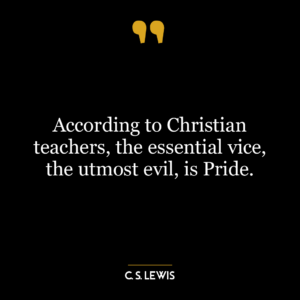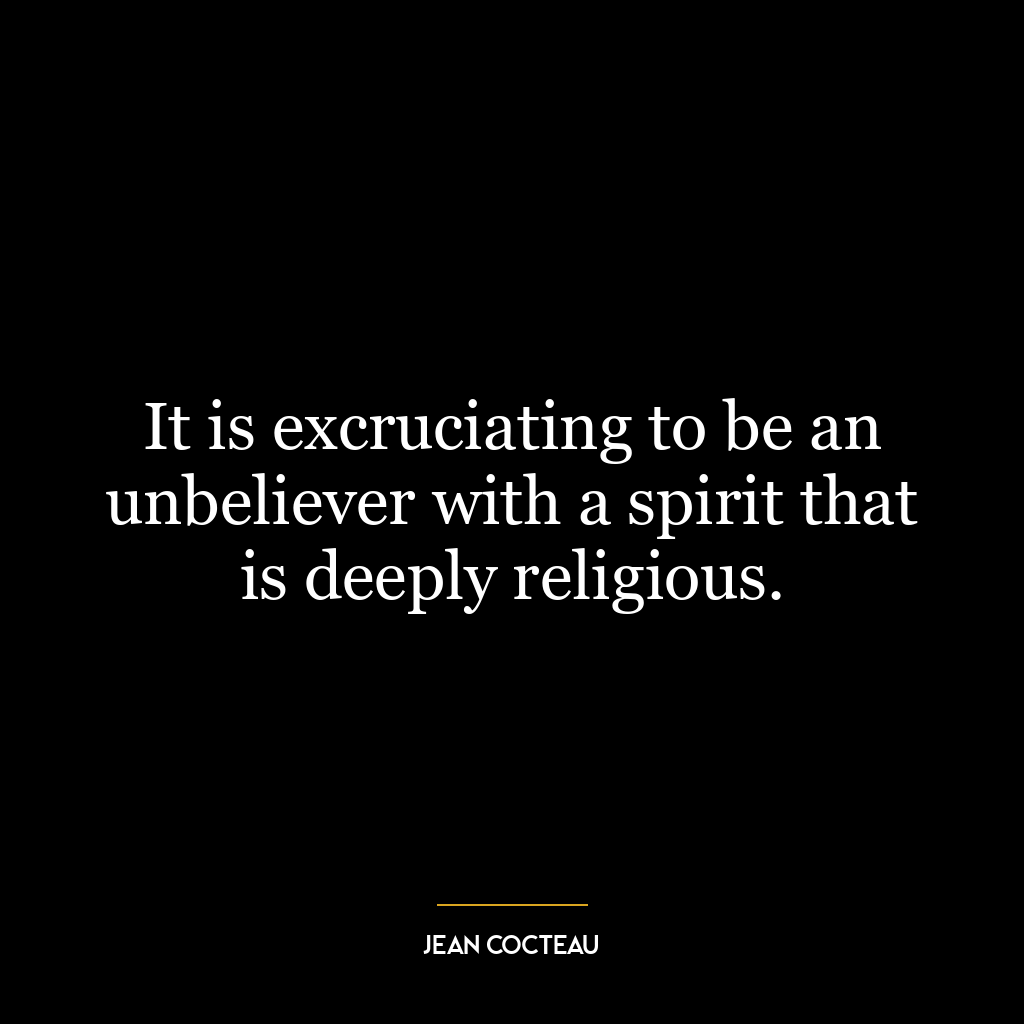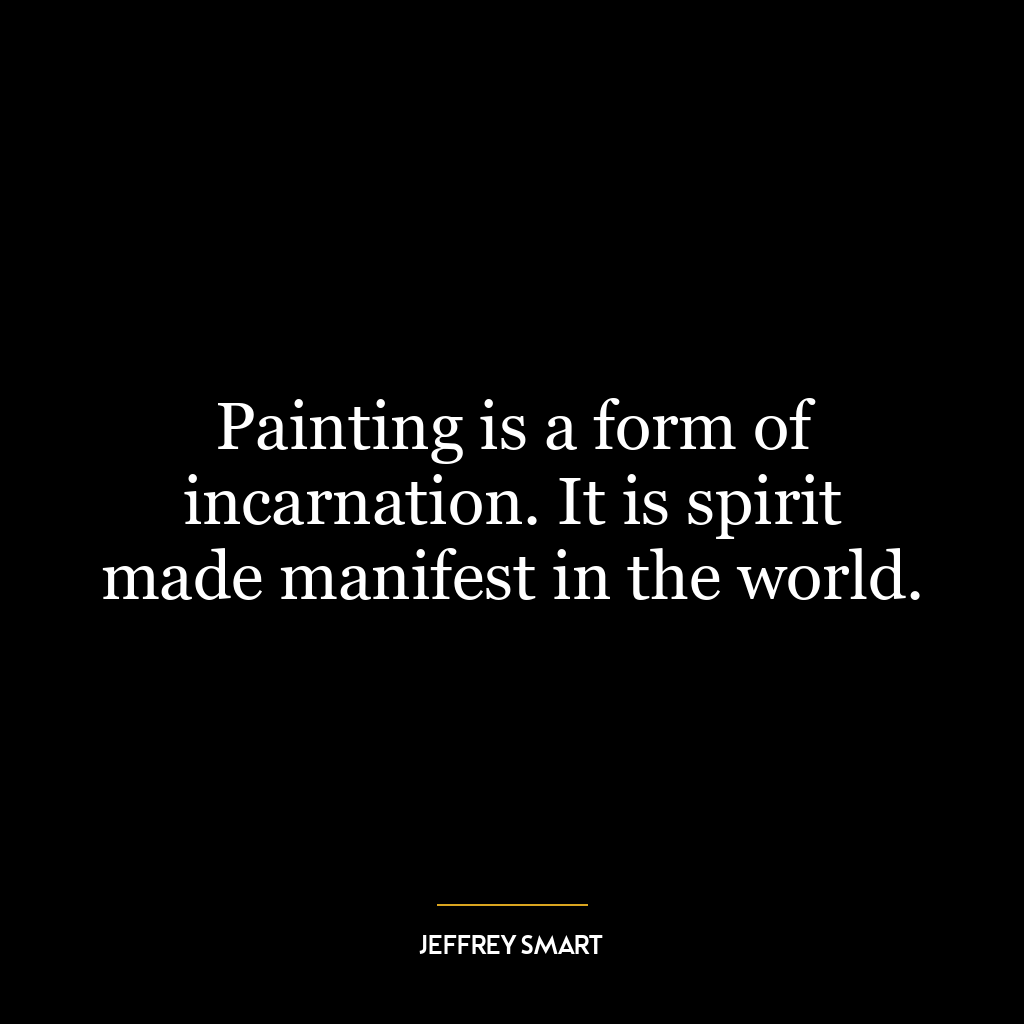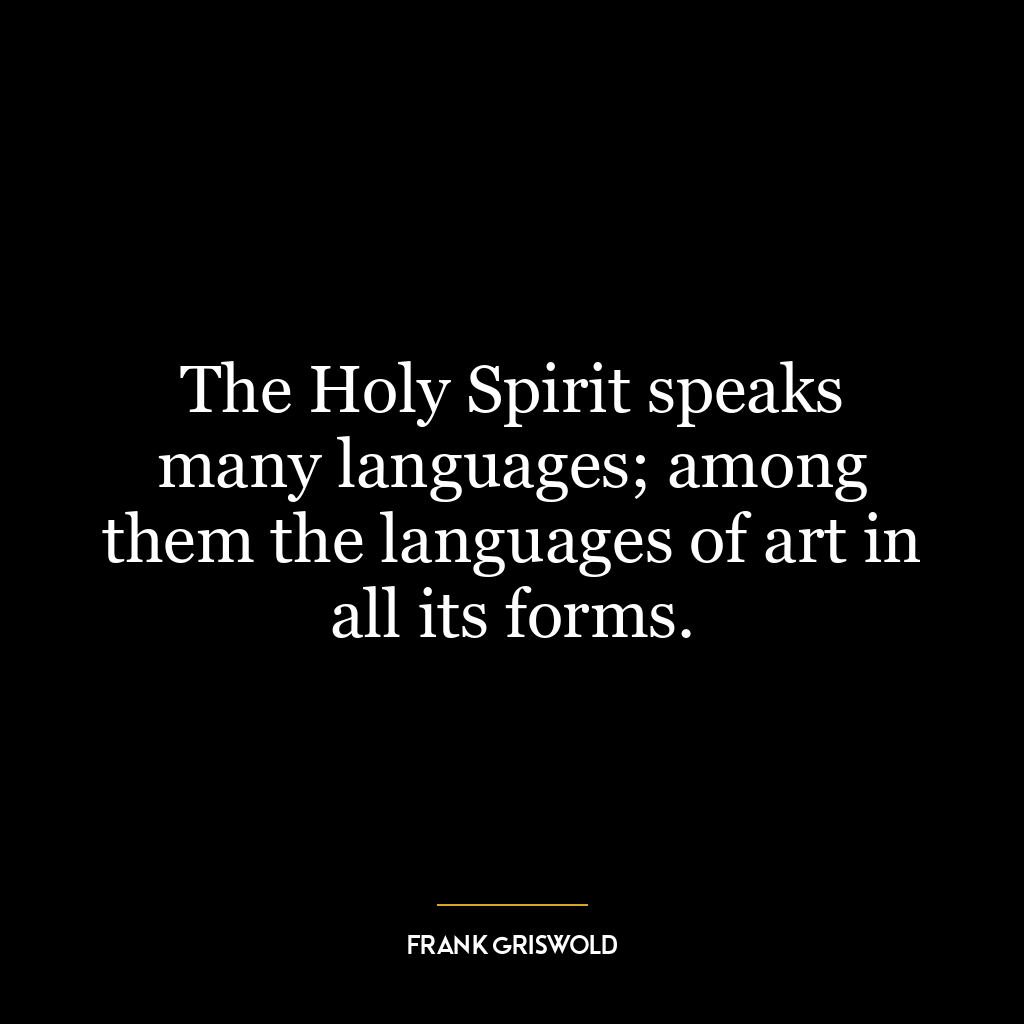The world was made partly that there may be prayer; partly that our prayers might be answered.
This quote by C. S. Lewis suggests that the world was created with a dual purpose: firstly, to provide an environment where prayer can exist and secondly, to be a place where those prayers can be answered.
The first part of the quote implies that one of the reasons for our existence is communication with a higher power or divine entity through prayer. It suggests that prayer is not merely an optional activity but an integral part of life’s design and purpose.
The second part indicates that our world isn’t just designed for us to send out prayers into the void; it’s also structured in such a way that these prayers can be answered. This doesn’t necessarily mean every individual prayer will always get the response we want, but rather it signifies there’s a responsive mechanism within our universe which interacts with our desires and pleas.
Applying this perspective in today’s world or personal development could mean recognizing and embracing the potential power of prayer – not only as means of seeking help or expressing gratitude but also as tool for self-reflection and growth. It invites us to see life as interactive dialog between ourselves and something greater than us.
In terms of personal development, this idea encourages individuals to articulate their hopes, fears, dreams, regrets through prayer (or similar meditative practices). This process allows people to gain clarity about their innermost feelings and aspirations which is often the first step towards meaningful change.
Furthermore, it prompts individuals to remain hopeful because their prayers might be answered in unexpected ways at unexpected times. Therefore fostering patience, resilience and optimism even during difficult times when immediate answers are not apparent – qualities crucial for personal growth in today’s fast-paced world.









